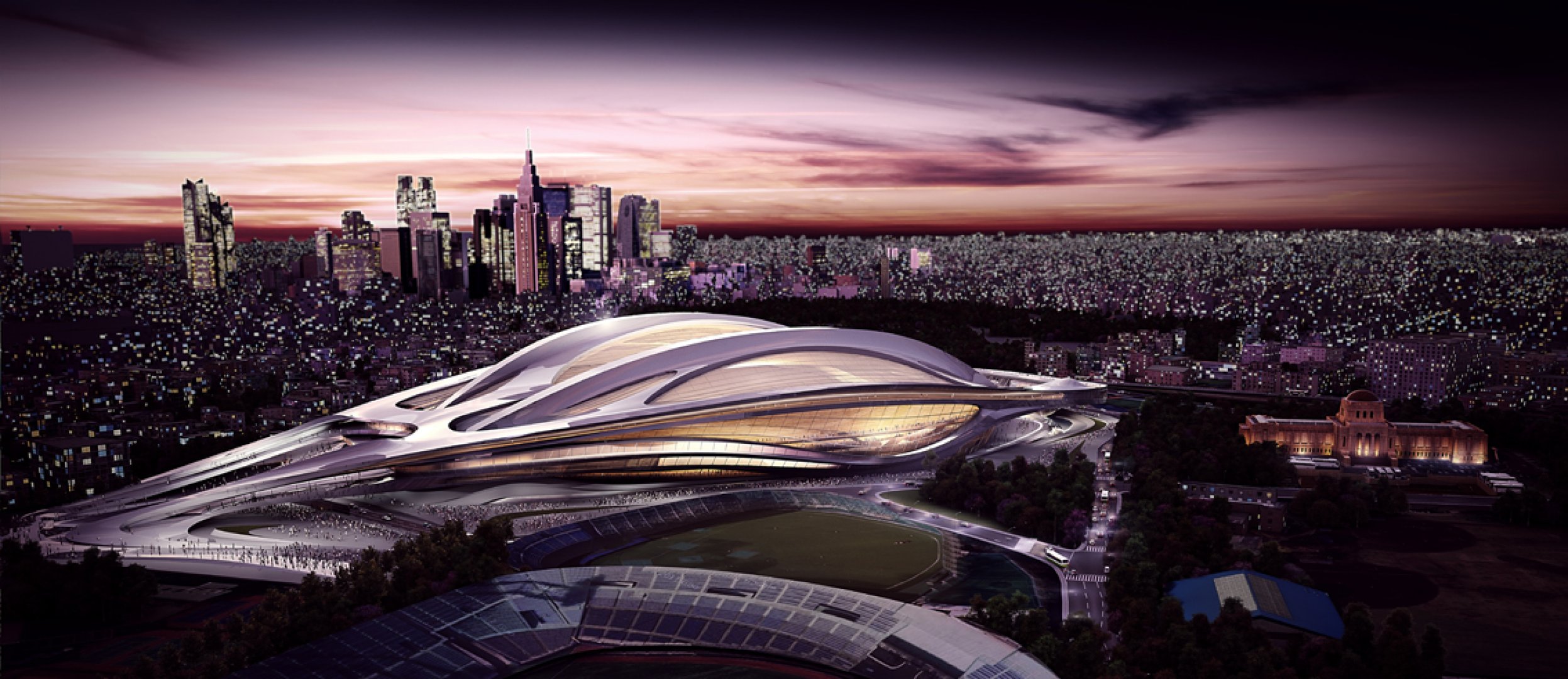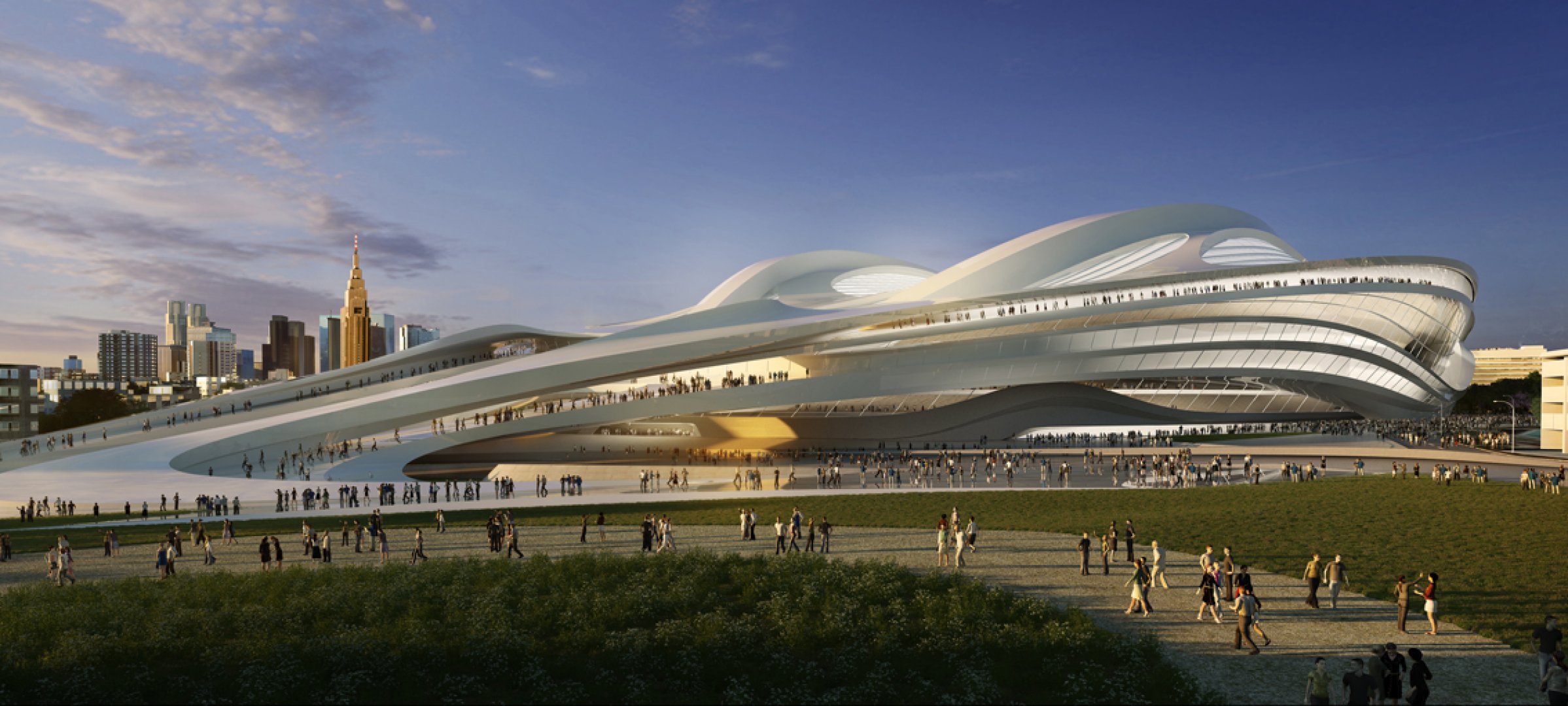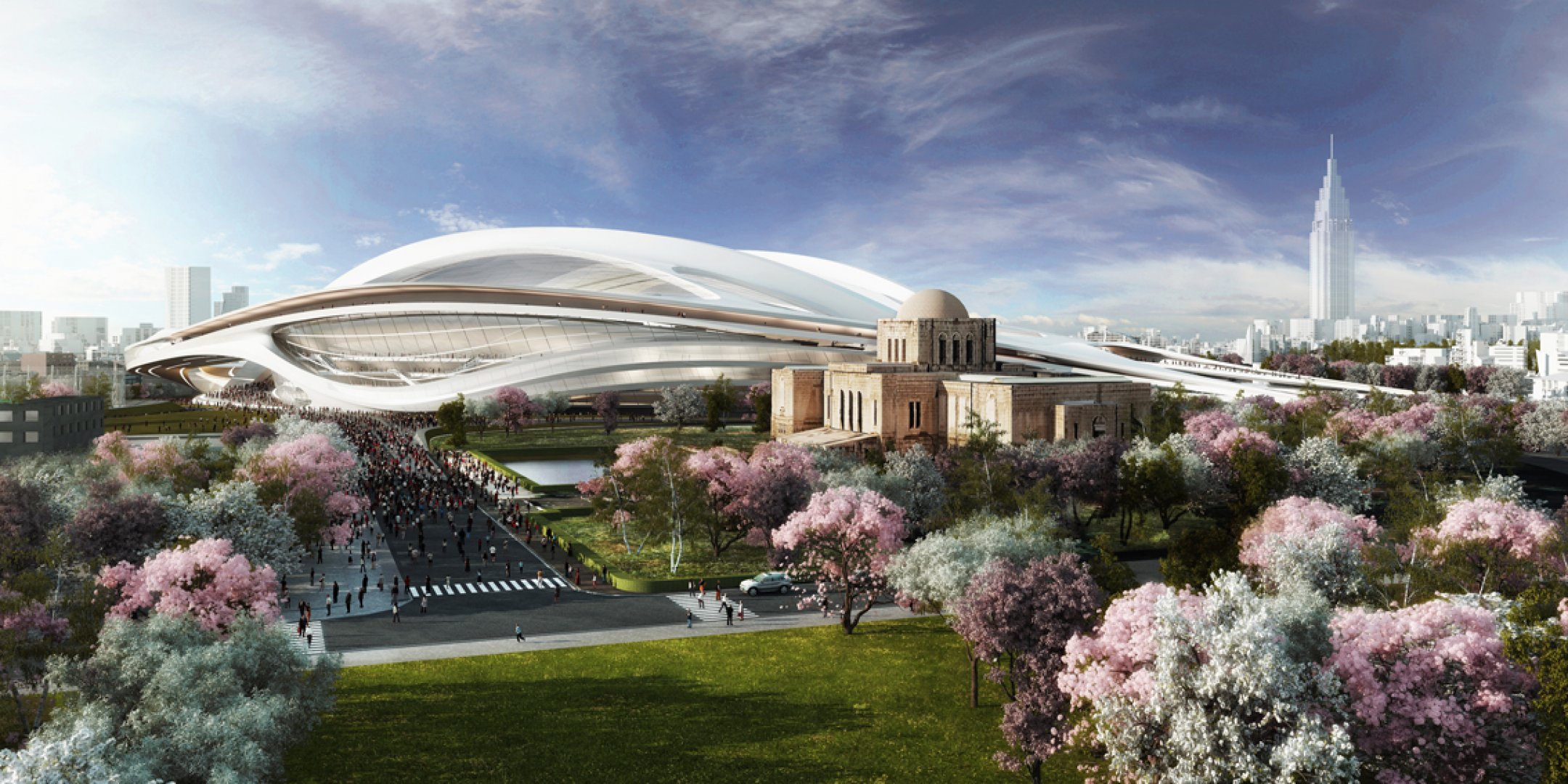Despite her extensive experience and established portfolio, household name and architect Zaha Hadid can’t seem to escape from scrutiny by fellow architects or even the public.
After criticism for her response to the deaths of migrant workers working on the stadium she designed for Qatar 2022, and then the rally of Japanese architects opposing the size of her design for the 2020 Olympic Stadium in Tokyo, Hadid was recently called-out by Japanese architect Takashi Moriyama for choosing a flammable material for the retractable canopy.
In an interview with the Japan Times, Moriyama said that “When you try to put your ideas into action, you have to make some compromise in design; it’s inevitable. Zaha would never compromise…so the panel members should have examined if her design was really feasible, but they never did.”
Japan New National Stadium from Zaha Hadid Architects on Vimeo.
Japan Times reports that the stadium is currently designed to accommodate 80,000 spectators. The design was approved in late May by a panel of experts set up by the Japan sport Council.
For more information, read the full article at Japan Times.
Related Stories
Coronavirus | Apr 21, 2020
COVID-19 update: CallisonRTKL, Patriot, PODS, and USACE collaborate on repurposed containers for ACFs
CallisonRTKL and PODS collaborate on repurposed containers for ACFs
Multifamily Housing | Apr 15, 2020
Related Group picks Stantec to design and engineer Manor Miramar residences in Florida
Related Group picks Stantec to design and engineer Manor Miramar residences in Florida.
Coronavirus | Apr 4, 2020
COVID-19: Architecture firms churn out protective face shields using their 3D printers
Architecture firms from coast to coast have suddenly turned into manufacturing centers for the production of protective face shields and face masks for use by healthcare workers fighting the COVID-10 pandemic.
Coronavirus | Mar 30, 2020
Learning from covid-19: Campuses are poised to help students be happier
Overcoming isolation isn’t just about the technological face to face, it is about finding meaningful connection and “togetherness”.
Coronavirus | Mar 15, 2020
Designing office building lobbies to respond to the coronavirus
Touch-free design solutions and air purifiers can enhance workplace wellness.
Architects | Mar 11, 2020
S/L/A/M/ Collaborative grows significantly in deal with CBRE
The architectural firm acquires five of Heery’s practices and adds 70 people.
University Buildings | Mar 9, 2020
Designing campus buildings through an equity lens
As colleges become more diverse, campus conversation is focusing on how to create equitable environments that welcome all voices.
Architects | Mar 9, 2020
New York's façade inspection program gets an overhaul following a death from falling terra cotta
January 14, 2020, kicked off big changes to the NYC Local Law 11 Façade Inspection and Safety Program (FISP) for Cycle 9.
Healthcare Facilities | Mar 9, 2020
Mobile wayfinding platform helps patients, visitors navigate convoluted health campuses
Gozio Health uses a robot to roam hospital campuses to capture data and create detailed maps of the building spaces and campus.
AEC Innovators | Mar 5, 2020
These 17 women are changing the face of construction
During this Women in Construction Week, we shine a spotlight on 17 female leaders in design, construction, and real estate to spur an important conversation of diversity, inclusion, and empowerment.





















